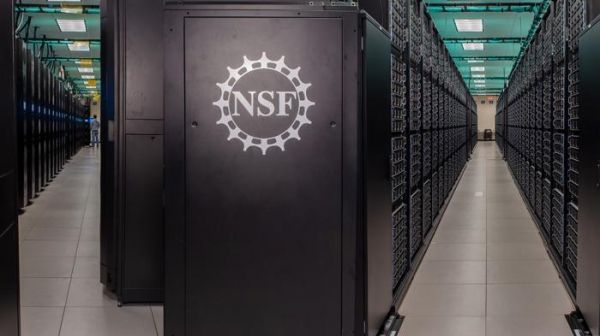Scientists are preparing a massive computer model of the coronavirus that they expect will give insight into how it infects in the body. They've taken the first steps, testing the first parts of the model and optimizing code on the Frontera supercomputer at the University of Texas at Austin's Texas Advanced Computing Center (TACC). The knowledge gained from the full model can help researchers design new drugs and vaccines to combat the coronavirus.
Rommie Amaro is leading efforts to build the first complete all-atom model of the SARS-COV-2 coronavirus envelope, its exterior component. "If we have a good model for what the outside of the particle looks like and how it behaves, we're going to get a good view of the different components that are involved in molecular recognition." Molecular recognition involves how the virus interacts with the angiotensin converting enzyme 2 (ACE2) receptors and possibly other targets within the host cell membrane. Amaro is a professor of chemistry and biochemistry at the University of California, San Diego.
The coronavirus model is anticipated by Amaro to contain roughly 200 million atoms, a daunting undertaking, as the interaction of each atom with one another has to be computed. Her team's workflow takes a hybrid, or integrative modeling approach.
Read more at University of Texas at Austin, Texas Advanced Computing Center
Image: The NSF-funded Frontera supercomputer of the Texas Advanced Computing Center at UT Austin is ranked #5 fastest in the world and #1 for academic systems, according to the November 2019 Top500 rankings. (Credit: TACC)


